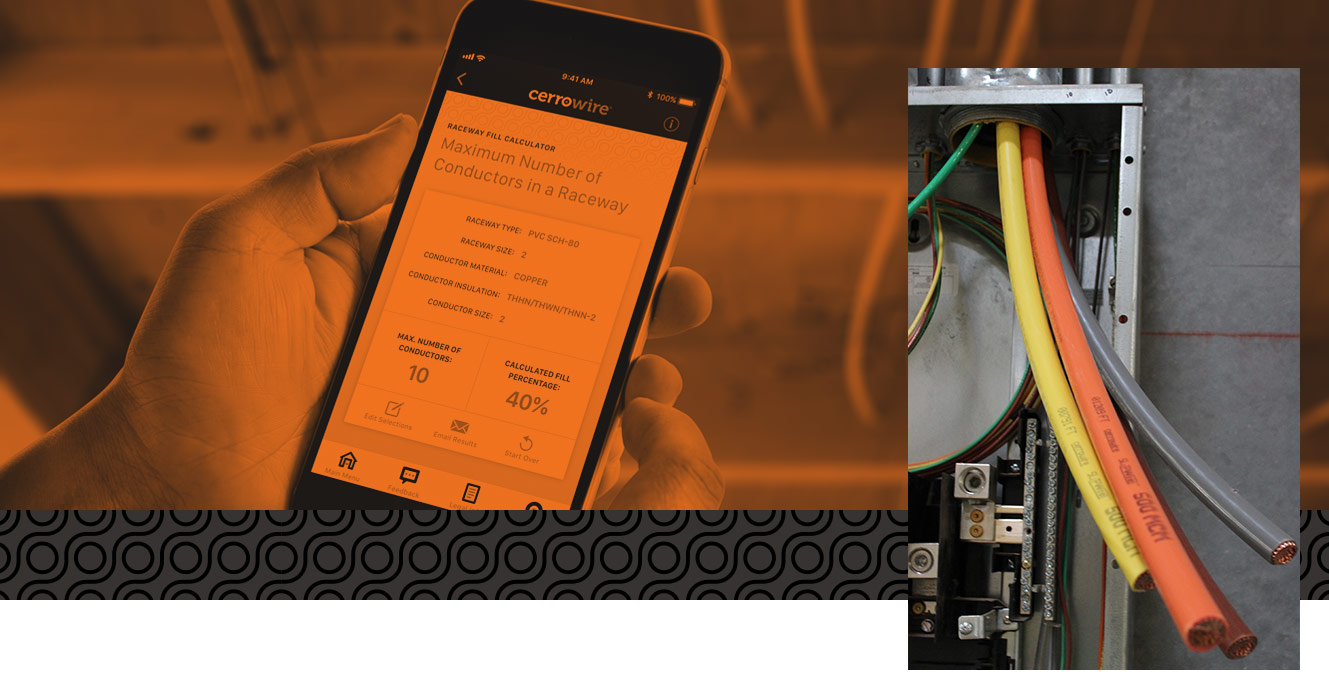kishkaru
Member
NEC does not care about the length of wire. It's the same requirements if it's 1 ft or 100 ft. The rating is for current and is a constant.
Now, you can voluntarily upsize the wire to reduce voltage drop for a long run, but that's your call. NEC doesn't care about voltage (0-2kV) or voltage drop, but it is recommended to keep it < 2% under load if possible (235V).
However, don't forget to take into account ambient temp correction factor if in a warm environment (e.g. garage or attic). The NEC is based on a strict 30°C (86°F). This is especially important if using NM-B (Romex) wire which fall under the 60°C wire rating. The correction factor for those is very restrictive.
Now, you can voluntarily upsize the wire to reduce voltage drop for a long run, but that's your call. NEC doesn't care about voltage (0-2kV) or voltage drop, but it is recommended to keep it < 2% under load if possible (235V).
However, don't forget to take into account ambient temp correction factor if in a warm environment (e.g. garage or attic). The NEC is based on a strict 30°C (86°F). This is especially important if using NM-B (Romex) wire which fall under the 60°C wire rating. The correction factor for those is very restrictive.
Last edited:




